
According to Dr. Hoang Anh Tuan - Director of the Ho Chi Minh City Museum of History, researching and preserving the ancient Saigon ceramic heritage is not only a tribute to the past but also contributes to affirming the city's cultural identity in the modern context.
The Ho Chi Minh City Museum of History recently organized a scientific seminar on “Old Saigon Ceramic Statues: Unique Historical and Cultural Values” with the participation of managers, researchers, artisans and antique collectors.
The event aims to contribute to recognizing the value of the ceramic line that was deeply associated with the urban life of old Saigon, and also opens up a new approach in preserving and promoting the urban heritage value of Ho Chi Minh City today.
Speaking at the seminar, Dr. Hoang Anh Tuan - Director of the Ho Chi Minh City Museum of History emphasized that in the development process of the Saigon - Gia Dinh - Ho Chi Minh City region, the pottery profession and especially the ceramic worship statues have left a deep mark in the urban cultural space of the South.
Ancient ceramic products have aesthetic value, reflecting the religious life, spiritual activities and cultural exchange of multi-ethnic and multi-origin communities.
According to Dr. Hoang Anh Tuan, researching and preserving the ancient ceramic heritage of Saigon is not only a tribute to the past but also contributes to affirming the city's cultural identity in the modern context.
“The discussion aims to systematically review the formation, development and value of Saigon ceramic statues through the ages, and at the same time propose solutions for more effective preservation and promotion in contemporary life,” said the Director of the Ho Chi Minh City Museum of History.

The Ho Chi Minh City Museum of History is exhibiting the theme "Old Saigon Ceramic Statues - Art and Heritage" from now until November 17, 2025
Saigon – The cradle of Southern pottery
Associate Professor Dr. Bui Van Liem (Vietnam Archaeological Association) said that Ho Chi Minh City is a particularly important center of economy , culture, and international trade, where many classes of residents converge and unique traditional crafts are formed.
In particular, Saigon pottery was formed early in the 18th century, developed brilliantly throughout the 19th to early 20th centuries, contributing to creating the material cultural appearance of the Southern region.
The once famous pottery kiln areas such as Cay Mai, Rach Lo Gom, Hung Loi, Buu Nguyen, Dong Hoa… were once the “heart” of the urban pottery industry in Saigon – Gia Dinh.

"Mai Tree" pottery kiln. Photo archive
This is also the place where worship statues, civil pottery and architectural decorations are produced, widely used in communal houses, pagodas, assembly halls and houses, clearly reflecting the rich spiritual life of the residents of the river region.
From the results of investigation, excavation and collection, many ancient Saigon ceramic artifacts are now preserved at the Ho Chi Minh City Museum of History, becoming a valuable source of materials for research on urban history, fine arts and archaeology.
New perspectives on Saigon ceramic heritage
At the seminar, many survey and research results were shared, showing a multidisciplinary, multidimensional approach in the research on ancient Saigon ceramics.
VHO - Ho Chi Minh City Museum of History opened the exhibition "Old Saigon Ceramic Statues - Art and Heritage", honoring the pottery profession and cultural values of the South.
Dr. Phi Ngoc Tuyen (University of Social Sciences and Humanities, VNU-HCM) pointed out the natural, economic and social factors that created the premise for the development of the ceramic industry. In particular, in the context of early urbanization, the demand for ceramic products increased, contributing to the formation and prosperity of Saigon ceramics - one of the largest ceramic production centers in the South.
Mr. Nguyen Viet Vinh (Head of the Exhibition Department of Ho Chi Minh City Museum) brings the perspective of "Southern cultural imprints through the Saigon ceramic worship statues". From the artifacts being preserved, the author believes that the Saigon ceramic statues represent a blend of traditional craft techniques and advanced production methods at that time.
Every detail of the enamel, the shape and the decorative motifs bear the mark of Southern culture – both rustic and sophisticated. However, he also warned that under the pressure of urbanization, Saigon pottery has almost disappeared, leading to the risk of being lost if not preserved in time.

Another remarkable discovery came from the research of Mr. Nguyen Huu Loc (Ho Chi Minh City Museum of History) on Buu Nguyen pottery kiln. Through analyzing the inscriptions on the products, the author has partly recreated the history of formation, operation and role of this pottery kiln in the ancient Lo Gom hamlet.
The inscriptions not only record the names of kilns and artisans, but also reflect the aesthetic thinking and social knowledge of urban potters. This is a valuable source of information that contributes to determining the age, style and unique characteristics of Saigon ceramics.
In another approach, Mr. Truong Vinh Thang (Ho Chi Minh City Antiquities Association) researched Cay Mai – Saigon ceramic products through inscriptions and motifs. According to him, the inscriptions and images engraved on the products are not only to record the function and promote the brand, but also to convey blessings, poems, and profound Vietnamese cultural implications.
These artifacts reflect the spiritual life, beliefs and aspirations for settlement of Southern residents in the late 19th to early 20th centuries.
Saigon Ceramics – Urban Memory and Creative Resources
Dr. Nguyen Thi Hau - General Secretary of the Ho Chi Minh City Historical Science Association, commented that the most important historical value of Saigon pottery is its role as a "witness" to the formation and development of the Saigon - Cho Lon - Ben Nghe urban area.

Besides worship statues, ancient Saigon pottery is also famous for its architectural decoration products.
Saigon ceramic products clearly reflect the characteristics of a “river city” – from the location of pottery kilns along canals, the method of transportation by boat, to the fact that ceramics have become a popular decorative material in pagodas, assembly halls, and townhouses.
Each piece of pottery and each colored enamel pattern is a material "sediment" that preserves urban memories, helping to identify the history of planning, architecture and urban life of Saigon in the 19th and 20th centuries.
“The widespread presence of Saigon ceramics in architectural spaces has contributed to creating the image of Saigon - Cho Lon urban area, a vibrant commercial, service and industrial city, where many cultures converge,” Dr. Hau emphasized.
According to Dr. Nguyen Thi Hau, from the perspective of urban archaeology, Saigon ceramics can be considered a material "sediment layer" of Saigon city. Saigon ceramics are typical products of indigenous knowledge, the result of technical and cultural exchange between Vietnamese and Chinese people. It not only has archaeological value but is also a "visual language" that contributes to shaping the identity of Saigon city.
Experts also agree that Saigon pottery not only has historical, cultural and artistic value but also contains great economic and social potential if preserved and promoted in the right direction.
First of all, this is a heritage that can be associated with the development of cultural tourism : organizing tours of "pottery kiln stories", visiting the Lo Gom - Cho Lon road, pottery making experience workshops, or special exhibitions on Cay Mai - Buu Nguyen - Dong Hoa pottery...

Statue of Lady Nguyet - Mr. Nhat (multi-colored glazed ceramic, late 19th century - early 20th century)

In addition, Saigon ceramic patterns and styles can completely become a source of inspiration for fashion design, applied arts, and interior design, thereby forming the brand "Saigon Heritage" in the creative industry.
From a community perspective, restoring traditional pottery in neighboring areas such as Lai Thieu, Thu Duc or Binh Chanh can create jobs, develop community tourism, and build a value chain from research - production - display - trade. At that time, Saigon pottery will not only be an antique in a museum but will become a living cultural product, associated with local livelihoods and pride.
“Saigon ceramics is like a 'heritage brand' that contributes to promoting the image of Saigon - Ho Chi Minh City in the strategy of building a 'Creative Heritage City'. This is an intangible economic asset, increasing the attraction of investment in the cultural industry”, said the General Secretary of the Ho Chi Minh City Historical Science Association.
Dr. Nguyen Thi Hau added that although the ancient pottery kilns have disappeared during the urbanization process, their traces still exist in many religious relics, assembly halls, communal houses, pagodas in the Cho Lon area and surrounding areas. The reliefs, statues, bowls, ceramic vases, etc. still tell the story of a once prosperous, creative and humane city.

Source: https://baovanhoa.vn/nghe-thuat/tuong-gom-sai-gon-xua-di-san-van-hoa-trong-long-do-thi-175774.html



![[Photo] National Assembly Chairman Tran Thanh Man holds talks with Hungarian National Assembly Chairman Kover Laszlo](https://vphoto.vietnam.vn/thumb/1200x675/vietnam/resource/IMAGE/2025/10/20/1760952711347_ndo_br_bnd-1603-jpg.webp)
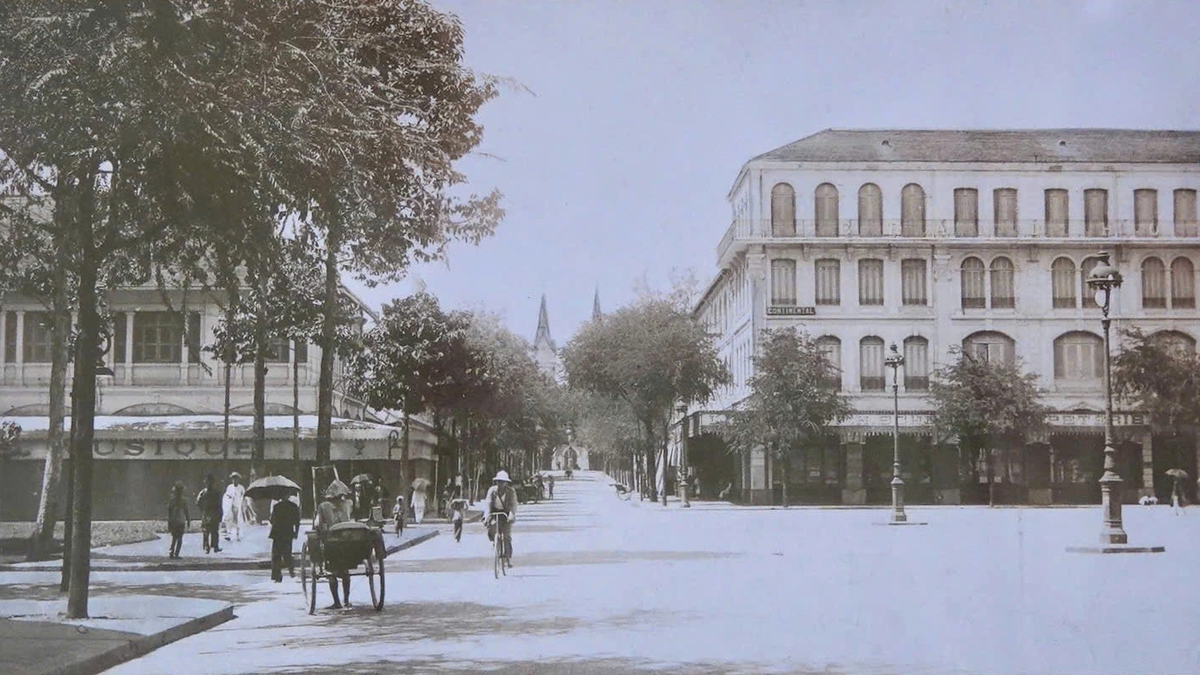
![[Photo] Solemn opening of the 10th Session, 15th National Assembly](https://vphoto.vietnam.vn/thumb/1200x675/vietnam/resource/IMAGE/2025/10/20/1760937111622_ndo_br_1-202-jpg.webp)
![[Photo] Prime Minister Pham Minh Chinh meets with Speaker of the Hungarian National Assembly Kover Laszlo](https://vphoto.vietnam.vn/thumb/1200x675/vietnam/resource/IMAGE/2025/10/20/1760970413415_dsc-8111-jpg.webp)
![[Photo] Chairman of the Hungarian Parliament visits President Ho Chi Minh's Mausoleum](https://vphoto.vietnam.vn/thumb/1200x675/vietnam/resource/IMAGE/2025/10/20/1760941009023_ndo_br_hungary-jpg.webp)
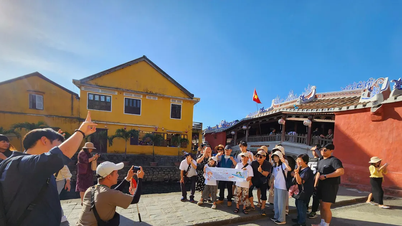

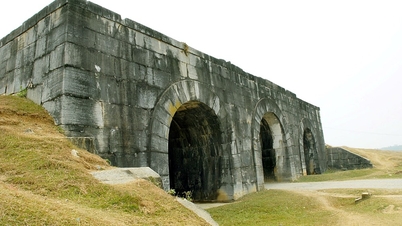
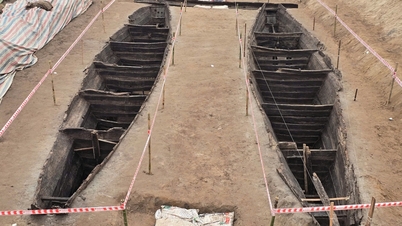




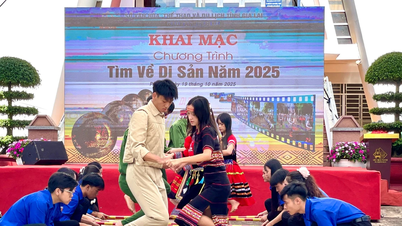


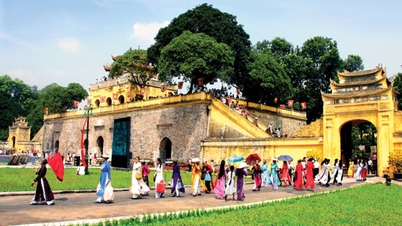

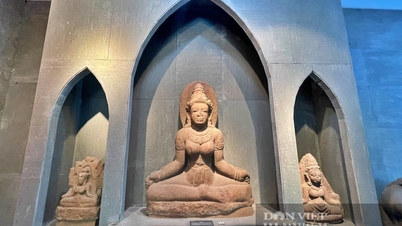

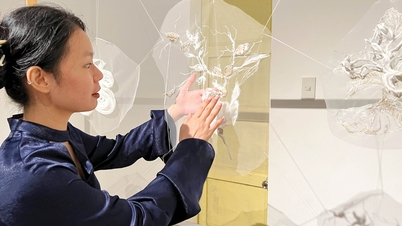



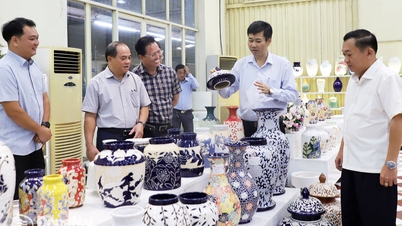








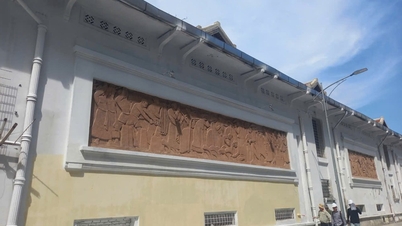
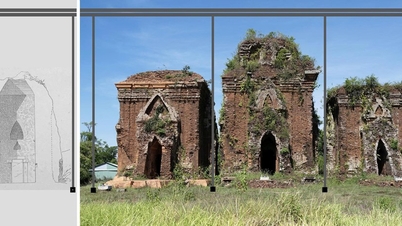

![[Photo] The Steering Committee of the 2025 Fall Fair checks the progress of the organization](https://vphoto.vietnam.vn/thumb/1200x675/vietnam/resource/IMAGE/2025/10/20/1760918203241_nam-5371-jpg.webp)
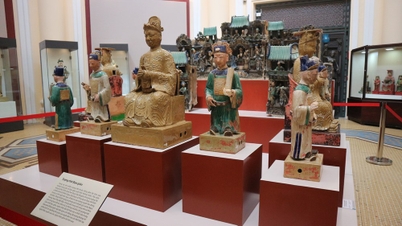
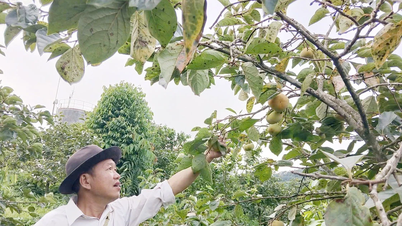





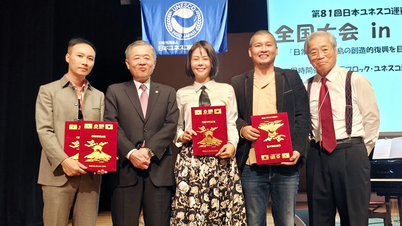



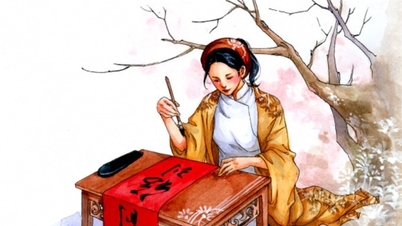


























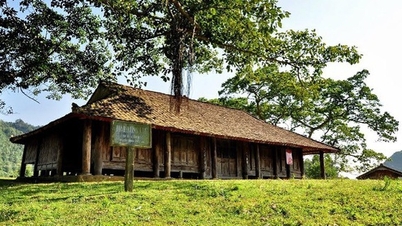










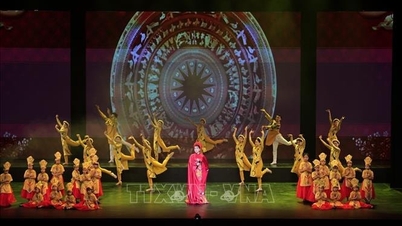
















Comment (0)